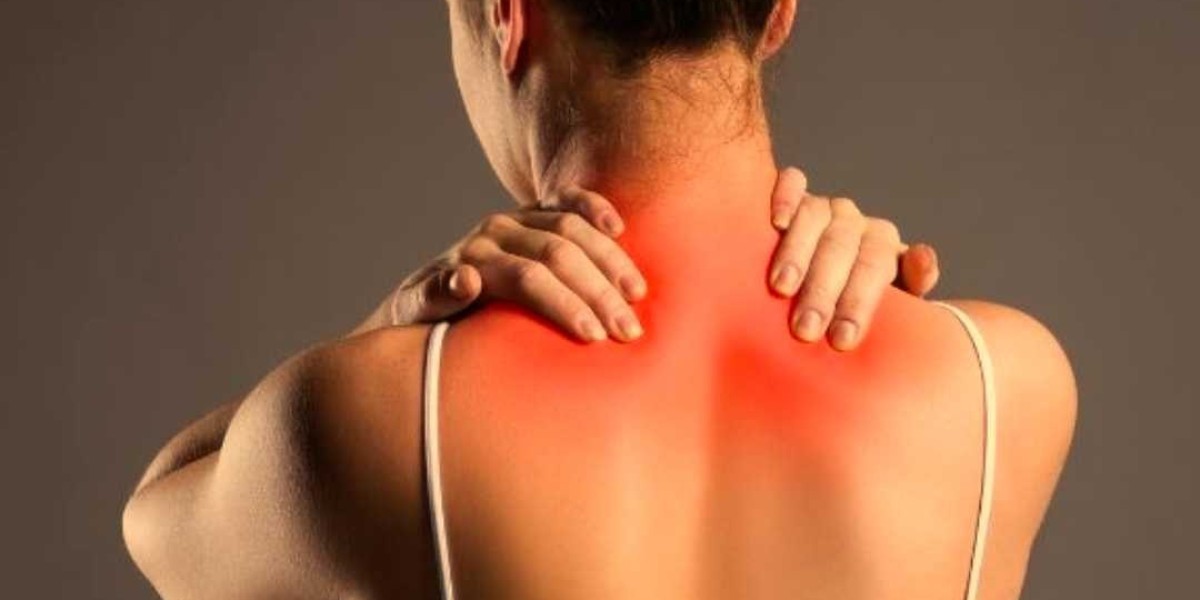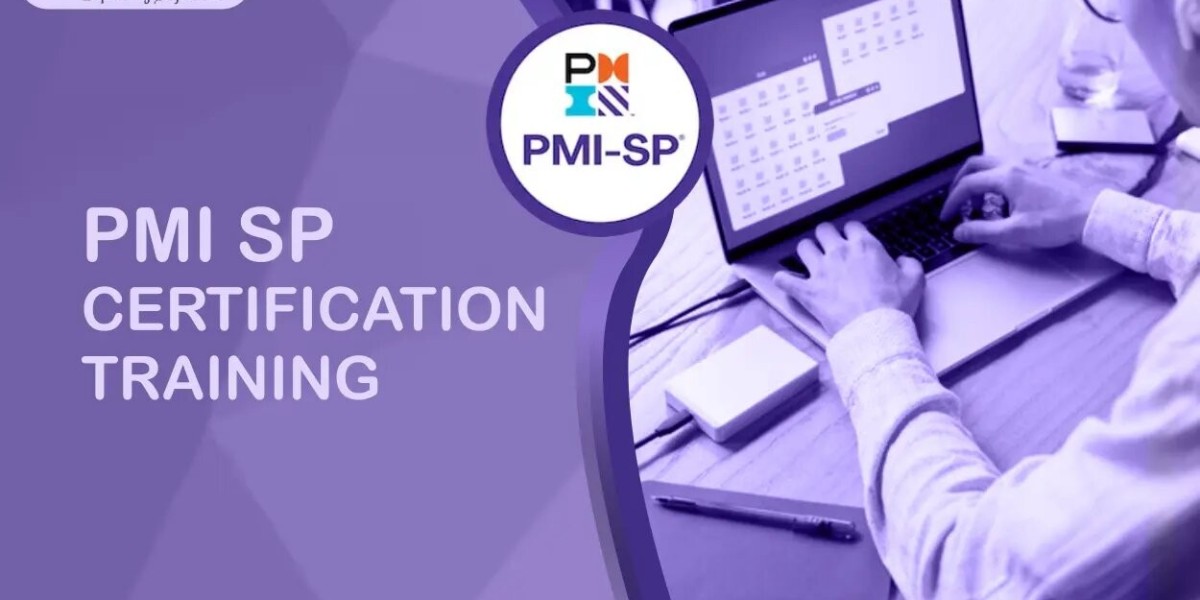Definition of Neck Pain
Neck pain, also known as cervical pain, refers to discomfort or pain in the region extending from the base of the skull to the upper shoulders. It is a common ailment that affects people of all ages and can significantly impact daily activities and quality of life.
Relevance and Importance of Understanding Neck Pain
Understanding neck pain is crucial due to its prevalence and potential to hinder everyday functioning. By comprehending its causes, symptoms, and treatments, individuals can take proactive steps to manage and prevent neck pain, leading to improved health and well-being.
Types and Categories
Acute Neck Pain
Acute neck pain typically lasts for a few days to a few weeks and is often the result of muscle strain or injury. It is usually self-limiting and can be managed with home remedies and over-the-counter medications.
Chronic Neck Pain
Chronic neck pain persists for three months or longer. It can be caused by underlying conditions such as degenerative disc disease, osteoarthritis, or herniated discs. Chronic pain often requires comprehensive management strategies to alleviate symptoms and improve quality of life.
Mechanical Neck Pain
Mechanical neck pain is related to the mechanical structures of the neck, including muscles, ligaments, and joints. It is commonly caused by poor posture, repetitive movements, or prolonged sitting.
Radicular Neck Pain
Radicular neck pain occurs when a nerve in the neck is irritated or compressed, leading to pain that radiates down the arm. Conditions like cervical radiculopathy or herniated discs often cause this type of pain.
Symptoms and Signs
Common Symptoms
Pain and Stiffness
Pain and stiffness in the neck are the most common symptoms, often worsening with movement.
Limited Range of Motion
Reduced ability to move the neck freely in various directions is another typical symptom.
Uncommon Symptoms
Numbness
Numbness in the arms or hands can occur if a nerve is compressed.
Tingling
A tingling sensation, often described as "pins and needles," may also be present.
Weakness
Muscle weakness in the arms or hands can indicate nerve involvement and requires medical attention.
Causes and Risk Factors
Biological Factors
Age
As people age, wear and tear on the cervical spine can lead to conditions like osteoarthritis and disc degeneration, increasing the risk of neck pain.
Genetics
A family history of neck pain or related conditions can predispose individuals to similar issues.
Environmental Factors
Workplace Ergonomics
Poor ergonomics in the workplace, such as an improperly set up desk, can lead to neck strain and pain.
Poor Posture
Consistently maintaining poor posture can strain the neck muscles and lead to pain over time.
Lifestyle Factors
Sedentary Lifestyle
Lack of physical activity can weaken muscles and make the neck more susceptible to pain.
Physical Strain
Heavy lifting, sudden movements, or sports-related activities can strain neck muscles and lead to pain.
Diagnosis and Tests
Medical History and Physical Examination
A thorough medical history and physical examination are the first steps in diagnosing neck pain. The doctor will assess symptoms, review medical history, and conduct a physical exam to identify pain sources.
Imaging Tests
X-Rays
X-rays can reveal bone-related issues like fractures or arthritis.
MRI
MRI scans provide detailed images of soft tissues, including discs, nerves, and muscles, helping to identify herniations or other soft tissue problems.
CT Scans
CT scans offer a more detailed look at the bones and can help diagnose complex fractures or bone-related conditions.
Nerve Conduction Studies
These tests measure the electrical activity of nerves and muscles, helping to diagnose nerve compression or damage.
Treatment Options
Medical Treatments
Medications
Pain relievers, anti-inflammatory drugs, and muscle relaxants are commonly prescribed to manage neck pain.
Injections
Corticosteroid injections can provide relief by reducing inflammation around nerves or joints.
Physical Therapy
Exercises
Targeted exercises can strengthen neck muscles, improve flexibility, and reduce pain.
Manual Therapy
Techniques like massage or spinal manipulation performed by a physical therapist can alleviate pain and improve mobility.
Alternative Therapies
Acupuncture
Acupuncture involves inserting thin needles into specific points on the body to relieve pain.
Chiropractic Care
Chiropractors use spinal manipulation and other techniques to treat neck pain and improve function.
Lifestyle Adjustments
Ergonomic Changes
Adjusting workstation ergonomics can prevent neck strain and reduce pain.
Regular Exercise
Maintaining an active lifestyle with regular exercise can strengthen muscles and prevent neck pain.
Preventive Measures
Posture Correction
Maintaining good posture while sitting, standing, and sleeping can prevent neck strain.
Ergonomic Workstation Setup
Ensuring that workstations are ergonomically designed can reduce the risk of neck pain.
Regular Exercise and Stretching
Incorporating regular exercise and stretching into daily routines can strengthen neck muscles and improve flexibility.
Stress Management Techniques
Managing stress through techniques like meditation or yoga can prevent muscle tension and neck pain.
Conclusion
Summary of Key Points
Neck pain is a common condition that can significantly impact daily life. Understanding its causes, symptoms, and treatments is essential for effective management and prevention.
Call to Action for Further Education
For more information on managing and preventing neck pain, consult healthcare professionals and explore resources on ergonomic practices and physical therapy.
If you’re struggling with persistent back pain and need expert guidance, contact Active Life Physical Medicine & Pain Center. Our team is dedicated to helping you find relief and improve your quality of life. With the right approach and support, you can overcome back pain and enjoy a healthier, more active life.








